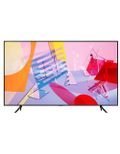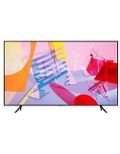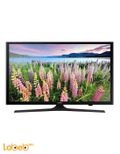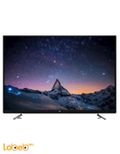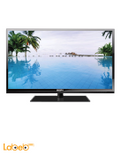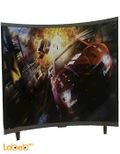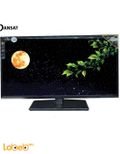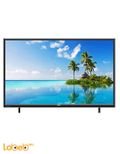How to Buy the Best TV
How to Choose Your Home TV? What are the Most Important Factors you Need to Asses before Making a Purchase?



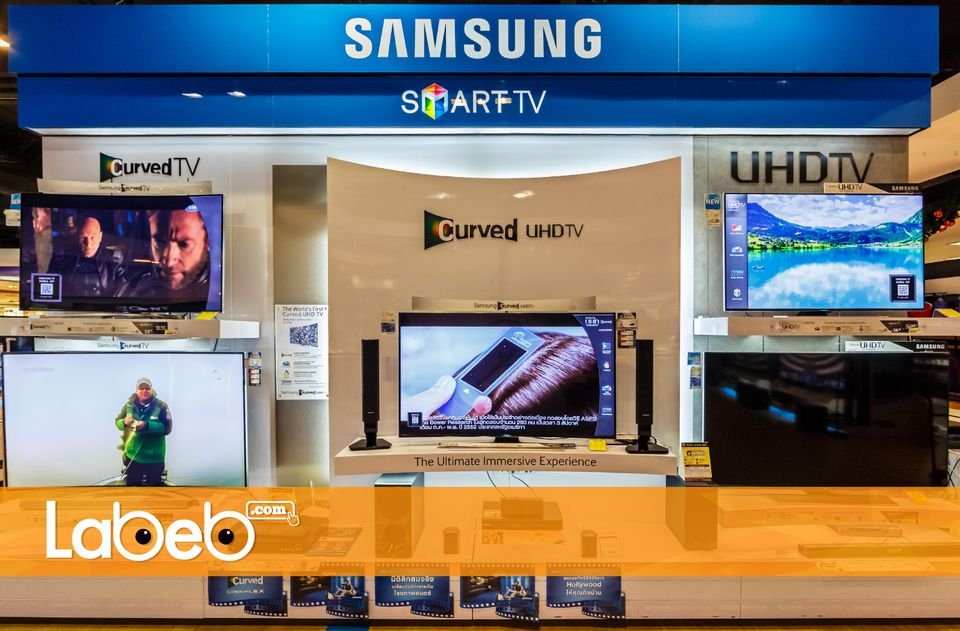
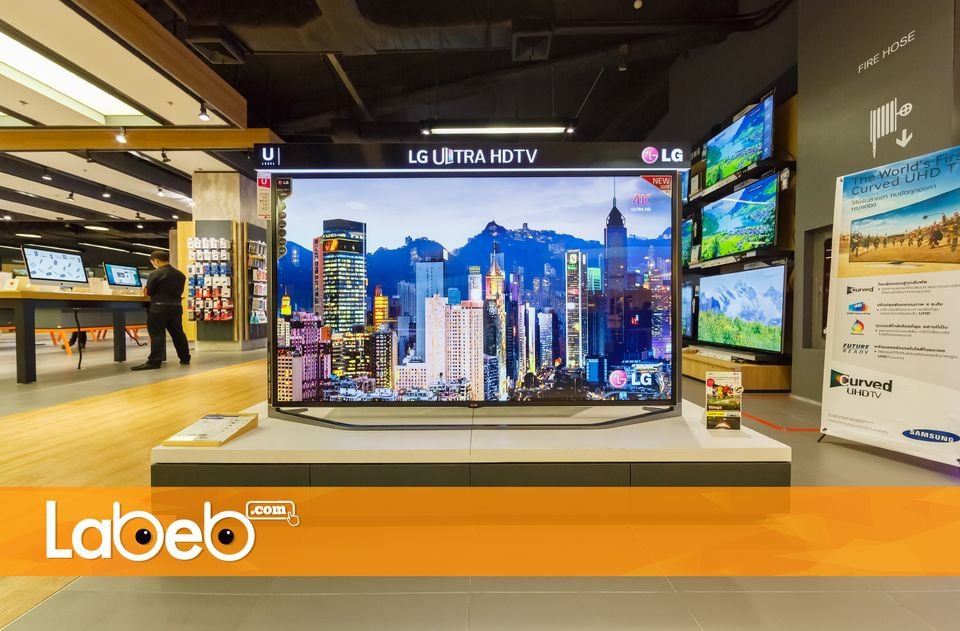
In the light of the various TV types in the market and the several options (LCD, LED, Plasma Screens, and Smart Televisions) Labeb.com prepared this guide to help you choose the perfect TV.
When we want to purchase a new TV, there are many choices and options to consider, from LCD, LED, Plasma screens and Smart TV’s that have new technologically advanced benefits not present in many other TV’s, and after choosing the suitable screen size (presented to you in its own guide), we present you this guide. The main reason behind this is to help you choose the best TV within your budget.
Do not forget to visit Labeb.com before making a purchase.
Types of TV Screens: Plasma, LCD, and LED
Buying a TV is not like it used to be; today LCD and LED screens have the bigger share in the market, while plasma screens have a smaller one.
Plasma screens are considered the best when it comes to picture quality, but its flaw is that it needs a dim light to give you the required result, and that is not practical when you watch TV in a sunny room. LED’s are the most common and have better picture quality than LCD, but they are more expensive as well.
Is choosing a smart TV the smart decision?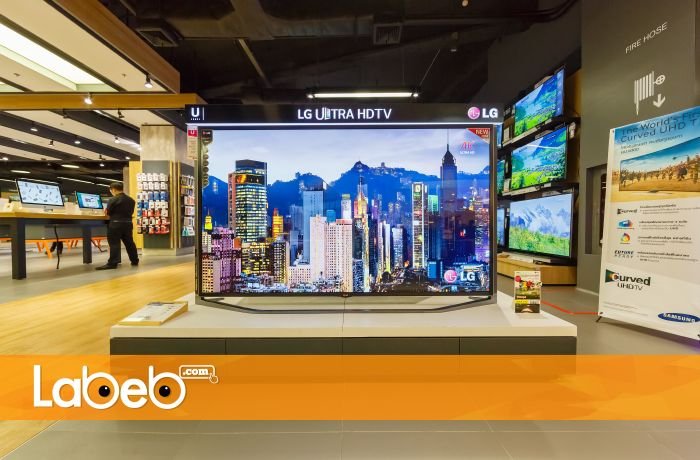
Regardless of the type you like, you have to keep a Smart TV as an option. Smart TV’s have applications that allow you to watch some entertainment networks streamed online like Netflix and Amazon Prime easily, and even websites and applications like YouTube. Studies have shown that people who own a Smart TV in the United States will soon cut or diminish the use of cable networks and prepaid TV services.
Even though there are devices that can turn your TV into a Smart one like Mini Android and TV Box and they are cheaper to fix when wrecked, it is still better to have a Smart TV since it gives you an alternative to cable networks and prepaid TV services.
Types of TV screens… Do not base your purchase on Brand name!
Many people are willing to pay a fortune to get a brand thinking that buying less known brands will be a bad decision. But the fact is that there are new unknown companies that present new advanced products. Therefore, it is the logical decision to disregard the brand name to get a bigger screen TV, or the same size from a less renowned brand and thus saving money.
There is no doubt that owning a product from a famous brand is important to many of us, but we have to balance the benefits we are getting with the amount we are paying, and assess if that is worth it.
TV Resolution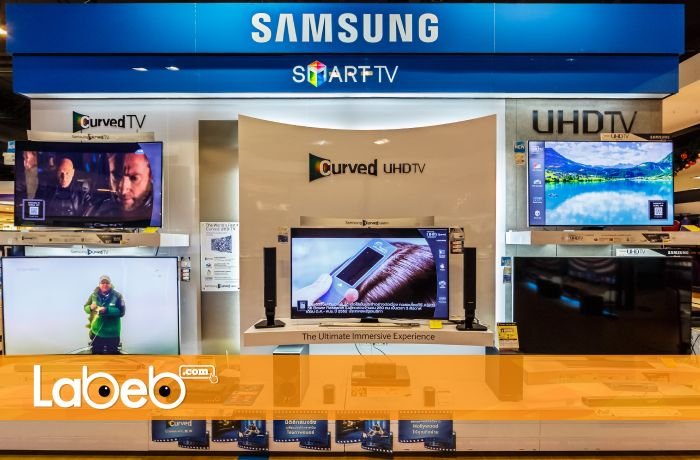
Distance makes the picture clearer; the unit used to measure the screen resolution is pixels. Resolution levels are defined by the screen length size, meaning that a 720p screen is made from 720 diagonal lines formed by pixels, and the letter p next to it refers to the type used to scan the image.
Most HD screens are available in 1080p and that is known as a full HD. Now, companies started producing better resolution than full HD known as Ultra HD or 4K. Ultra HD is four times clearer than Full HD. The best feature about 4K is that it displays small details clearly including texts. The images are clearer and close to reality. Ultra HD videos are amazing but still uncommon since it is a new technology and has not been spread around the world.
There are no TV channels that air with 4K, and websites offering this resolution are very few.
|
Screen Resolution |
System |
|
720 X 480 |
DVD |
|
720 X 1080 |
HD 720P |
|
1080 X 1920 |
HD 1080P |
|
2160 X 3840 |
ULTRA HD – 4K |
TV Refresh Rate
Refresh rate means how many times the screen refreshes per second and is measured with hertz. The default rate is 60 times per second, or 60 hertz. But if the scenes had fast moving elements, they may not appear clearly (depends on transmission quality), and this is what motivated companies to improve the refresh rate in the new devices to 120 hertz and 240 hertz. Pay attention to statements such as “actual refresh rate” since that means that the real refresh rate is half of what is written. Example: Actual refresh rate of 120 hertz is practically 60 hertz.
Labeb’s advice: If you use the TV to watch regular television stations, then 60 hertz is enough, but if you want to watch HD channels, play games and watch Blue Ray movies, it would be better if you get a 120 hertz or more.
Screen Size: Between entertainment and room size.
Many people regret their buying decision and wish they got a bigger or smaller screen. The room in which the TV would be placed in needs to be compatible with the screen size; if the room is small and you are seated near the screen, buying a big screen TV would not be the wisest decision as you will be able to see the pixel lines.
To ensure getting the correct choice, we advise you check the standards, like: if the wall or table can support the TV weight, the area it will be placed in, and the distance between the TV and sitting area. All these details have been written down for you in the following guide: ‘choosing the Correct TV Screen: between Entertainment and Room Size’.
Contrast Ratio… Do not Trust Numbers
Contrast ratio means the brightness level in the screen. The higher the ratio the better colors and dim images would appear and thus higher clarity.
Problem is that measurements for this ratio differ from one company to the other, and the best way to check it is to watch the same video on all devices. Test the resolution and contrast in every TV before making a decision.
Labeb’s advice: Do not bother with the contrast written in the catalogue, since you cannot use it for comparison between different brands.
Number of HDMI ports… The more the better
Notice the number of HDMI ports the TV has. Some companies reduce the HDMI ports to cut cost. These ports are exhausted easily; you plug in the surround system or speakers, Blue Ray, and a gaming device and you would have used up all three ports!
Labeb’s advice: Choose a device that has no less than 3 – 4 ports, and if you want to purchase a 4K TV, make sure it is compatible with HDCP.
Sound… Get a separate Surround System!
Even the best and most expensive televisions lack sound quality; and that is because they have a thin design which does not allow for a bigger speaker to be installed.
Labeb’s advice: The best choice is to buy a separate surround system or a type of speaker.
To summarize
When thinking about getting a new TV within your budget, be smart about your choice based on the standards we have listed in this guide; from screen size and type, refresh rate, resolution, and HDMI ports. Make sure you choose a TV with standards that meet your needs and suitable with the area you are putting it in.
The invention of television is considered one of most important and developed in the 20th century. We witness this development daily, and companies compete with each other to improve the screen’s resolution, size and specifications.
Labeb.com will keep you up to date with these developments, and will always provide you with guides and researches that will allow you to make a wise decision. Stay connected with Labeb for all new updates.
- [[PropertyDescription]] [[PropertyValue]]
